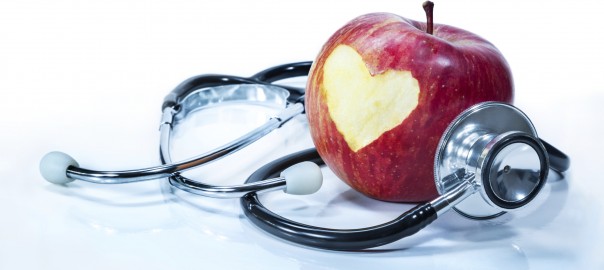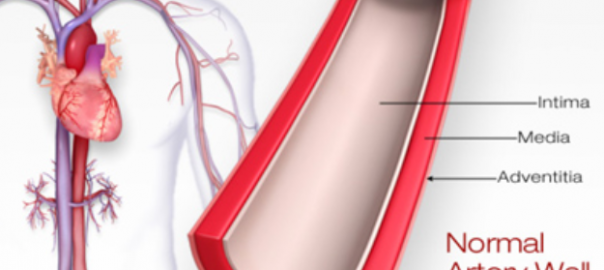Menopause is a natural biological process that marks the end of a woman’s reproductive years, typically occurring between the ages of 45 and 55. This transformative phase brings about significant changes in a woman’s body as she transitions from her reproductive years to post-menopause. Let’s delve into the intricacies of this journey and explore how the female body evolves during menopause and beyond.
Continue reading Navigating Menopause: Understanding the Transformative Journey of a Woman’s Body | Fullerton, CA








